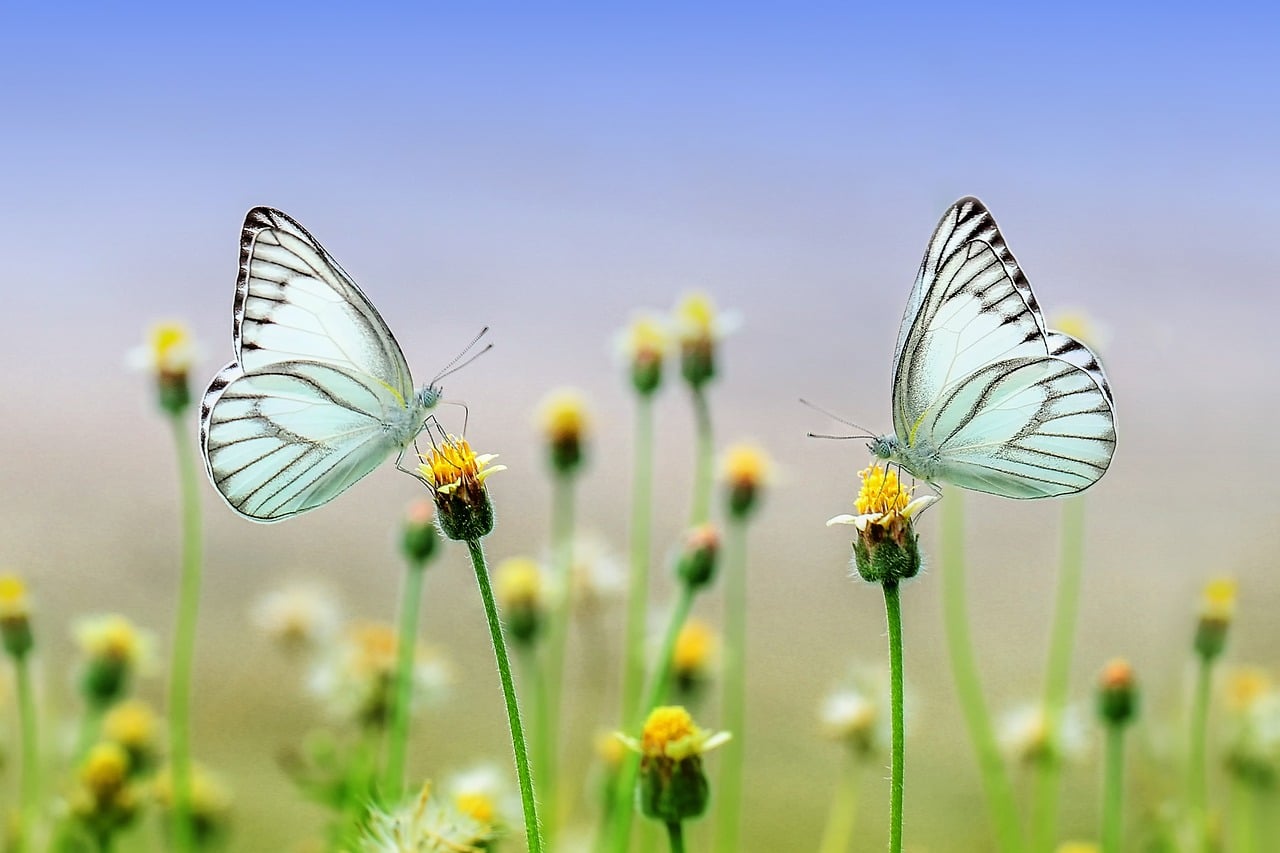The role of AI in wildlife conservation and anti-poaching efforts

As the world continues to grapple with the devastating effects of climate change, wildlife conservation has emerged as a critical issue. Animals, many of which are endangered species, face numerous threats, such as habitat loss, poaching, and a rapidly changing environment. However, in this seemingly dire situation, technology, specifically artificial intelligence (AI), is coming to the rescue. By leveraging data and machine learning algorithms, researchers and conservationists are developing innovative strategies to protect and preserve wildlife.
This article explores how AI is playing a crucial role in wildlife conservation and anti-poaching efforts. We will delve into how technology is aiding in wildlife monitoring, data collection, and the making of informed decisions to protect endangered species.
A lire également : How is blockchain transforming the real estate industry?
Harnessing the Power of Data for Wildlife Conservation
In the digital age, data is a powerful tool. It provides a wealth of information that can be harnessed to understand and predict trends and patterns. In the realm of wildlife conservation, data collected from various sources like camera traps, satellite imagery, and tracking monitoring devices are being utilized to study animal behavior, migration patterns, and changes in their habitats.
With the help of AI, this vast amount of data is sorted and analyzed in real time. AI algorithms analyze these data points, translating them into actionable insights. For instance, patterns in data can reveal the times when animals are most active or vulnerable to poaching, enabling conservationists to deploy resources more effectively. Furthermore, data analysis can highlight changes in animal populations or migration patterns, signaling potential threats or disruptions in ecosystems.
A lire aussi : ChatGPT vs. other AI models
AI’s Role in Anti-poaching Efforts
Poaching remains one of the most significant threats to wildlife, especially for endangered species. Traditional anti-poaching efforts often fall short due to the vast, remote, and often inaccessible territories that have to be monitored. However, AI technology is offering a new way forward.
AI is being used to predict poaching activity based on historical data and real time data from tracking devices and camera traps. These predictions allow park rangers to proactively patrol areas with high poaching risk. In addition, AI algorithms can identify patterns in poaching incidents, such as preferred routes or times, which can further help in strategizing anti-poaching operations.
Moreover, machine learning is being utilized to identify and distinguish between animal species in camera trap images, automating the time-consuming task of manually sorting through thousands of images. This enables researchers to respond quickly to any signs of poaching activity, significantly increasing the chances of apprehending poachers.
AI in Monitoring Climate Change Effects on Wildlife
Climate change is a global issue affecting wildlife in myriad, often unpredictable ways. Rapid shifts in weather patterns and rising temperatures are altering habitats, disrupting migration patterns, and affecting animal populations. Here again, AI comes into the picture, assisting researchers in understanding and predicting climate change’s impact on wildlife.
Sophisticated AI-powered models are being developed to forecast how climate change may influence animal behavior and habitats in the future. These predictive models incorporate vast amounts of data, from weather patterns to animal tracking data, and utilize machine learning algorithms to analyze this data and generate predictions.
Such predictions can be crucial in shaping conservation strategies, as they provide insights into which species or habitats may be most vulnerable to climate change. Armed with this information, conservationists can prioritize their efforts and devise targeted strategies to protect these endangered species.
Conclusion: The Future of Wildlife Conservation
Artificial intelligence has proven to be a game-changer in wildlife conservation. Its ability to analyze vast amounts of data in real time and predict patterns and trends is reshaping anti-poaching efforts and climate change monitoring. AI is not only enabling researchers and conservationists to make more informed decisions but also empowering them to be proactive in their conservation strategies.
However, it’s important to note that AI is not a panacea for all conservation challenges. It is a tool that can greatly enhance our capacity to protect and conserve wildlife, but it also requires a concerted global effort to address the underlying issues, such as habitat destruction and climate change.
As we look to the future, it’s clear that AI will play an integral role in wildlife preservation. Its potential is only beginning to be tapped, and as AI technology continues to advance, it will undoubtedly open up new possibilities for wildlife conservation. The marriage of technology and conservation has the potential to bring about significant change, helping us ensure the survival of our planet’s precious wildlife for generations to come.
